

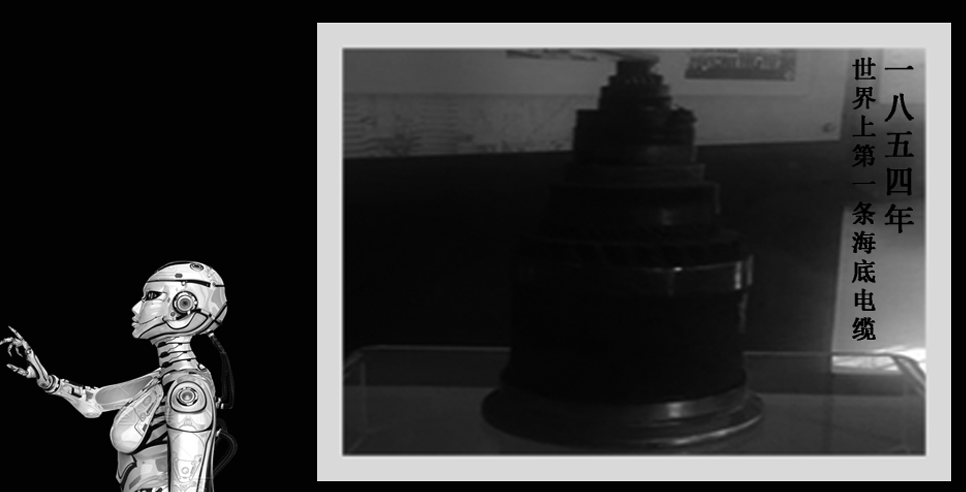
It has been 110 years since the first underground power cable, 2.7km rubber-insulated lead-covered lighting cable, was imported and put into operation in Shanghai (China) in March of 1897 (the 22nd year of Guangxu Emperor of the Qing Dynasty). The application of Chinese cables started in Shanghai. Since the 1990s, China’s wire and cable manufacturing industry has entered a period of rapid development. In 2000, the output value of the cable manufacturing industry was 4.8 times and the sales volume was 5.2 times that of 1990 . The increase in the output value of the wire and cable manufacturing industry in China has been synchronized with the GDP growth, indicating that the wire and cable manufacturing industry is still a developing industry in China. In 2002, the output value of China’s wire and cable industry accounted for about 1.5% of the national economic output value. The amount of copper reached 3.1 million tons, and replaced the United States as the world's largest copper consumer. In 2005, global copper demand will exceed production by 172,000 tons, while China's copper demand in the same year will increase by 8% over the previous year. It is expected that in the next decade, the wire and cable industry will grow at a rate slightly higher than the national economic output.
Nowadays, the criss-crossing cable network has spread all over our cities. In many cities the underground power cables transmit electric energy every second, sending cables to factories, enterprises, streets, and residences, filling modern cities with vigor, vitality and light. In recent years, the government has decided to accelerate the development of the central and western regions, especially the development of infrastructure construction, transportation, energy, communications, and the development of real estate, automobiles, home appliances and other industries. It has brought new opportunities to the wire and cable manufacturing industry.


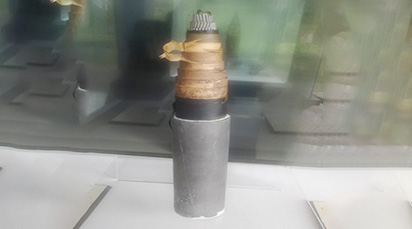
(1972) Oil-impregnated paper insulated cable in China from 1960s-1970s
There are only two types of power cables in history, almost all of them are oil-impregnated paper insulated cables with lead-clad outer sheaths and pressure oil-filled or gas-filled cables for long distances and high voltages. Generally, most of the cables used are almost all oil-impregnated paper power insulated cables. Especially in the 1960s-1970s, since 1972, large quantities of oil-impregnated paper power insulated cables have been produced. However, manufactured processes and complicated installation and joint processes have brought relatively high installation costs. It was only used on some road sections in the suburbs of Shanghai.
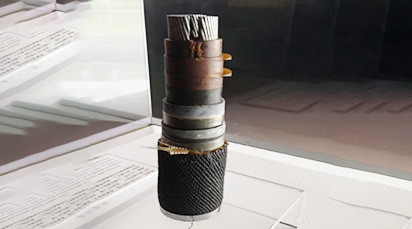
(1972) China's first cross-linked cable
From 1970, a new steam-cross-linked polyethylene material was used to trial-produce cross-linked cables. In November 1971, the Shanghai Mechanical and Electrical Bureau issued a notice of the third batch of mechanical and electrical products required for projects such as "123 Mine". The experiment finally succeeded on August 2, 1972. This is the first cross-linked cable in China in the 1970s to replace the oil-impregnated paper-insulated cable processing technology. Its performance is better than that of oil-impregnated paper-insulated cables. At the same time, its laying conditions are not restricted by the vertical drop. It is a special engineering, ground and underground power transmission products. Since then, cross-linked cables have been widely used in power transmission in most cities in East China.
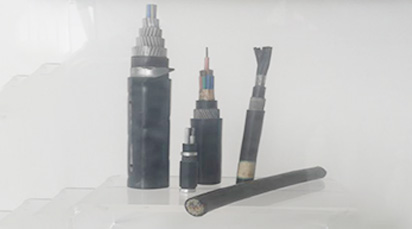
(1973) Successful trial production of 220,000V high-voltage cables in China
220,000-volt high-voltage cables: In April 1973, the expansion of the wharf by the Pujiang River required an urgent need for 220,000-volt high-voltage cables. At that time, there was no mass production in China, and the existing equipment was obviously insufficient. After a week of working, the new high-temperature and slow-speed process was finally successfully tested, which eliminated the defects of cracks on the aluminum anastomotic surface, and the 220,000 volt high voltage cable was successfully trial-produced.
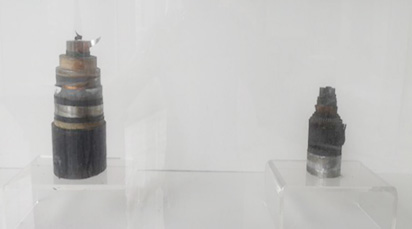
(1973) Successful trial production of China's submarine buried shielded cable
Submarine buried shielded cable: In June 1973, Vice Premier Deng Xiaoping accompanied Malian Head of State Traore to Shanghai for inspection, then Traore expressed affirmation of its existing scale, technology and production capacity, and became very interested in the high-end technology products such as submarine buried shielded cables under development. In July of the same year, the submarine buried shield cable was successfully trial-produced, which not only meet the domestic demand in sea areas, but also exported directly to some European and American countries, thus earning rich foreign exchange income.
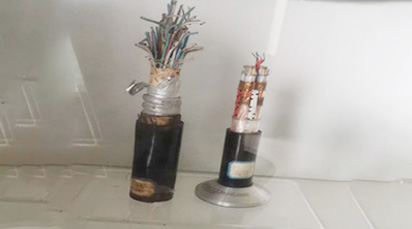
(1974) Successful trial production of China's coaxial cable 1800 channel carrier
China Coaxial Cable 1800-channel carrier system: on September 1974, after nearly 5 years of hard work, the 1800-channel carrier system of China Coaxial Cable was finally successfully trial-produced. In November of the same year, it passed the national appraisal and was used in the coastal city of Dalian, Shanghai and other places. The system standard of this set of equipment basically meets the needs of China's trunk cable communication construction. The technical indicators of the whole system meet the design requirements, the electrical performance and transmission quality are good, the whole system is basically stable, and there is a certain degree of safety protection. The successful development of this equipment indicates that China's carrier technology has begun to enter the ranks of the world's advanced level, filling the gap in cable industry production.
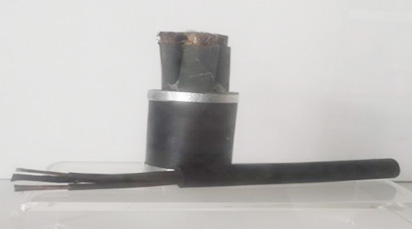
(1975) Successful trial production of flame retardant marine cables in China in
Marine cables produced in China in the 1970s: Since the 1970s, people have gradually realized the importance of the flame retardant properties of wires and cables from electrical fire accidents, and began to continuously improve the performance indicators of marine cables to ensure the safety of ships. In the process of producing marine cables in 1975, the process was gradually improved, and materials with high flame retardant properties were selected in terms of materials. The finished products have low-smoke and halogen-free properties. Only a small amount of smoke is generated when the cable is burned, and there is no damage to electronic components, integrated circuit boards, and metal mechanical products caused harm, reduced the corrosivity to a minimum, and officially opened at Pujiang river in Shanghai port. After that, the safety performance of marine cables was greatly improved.




